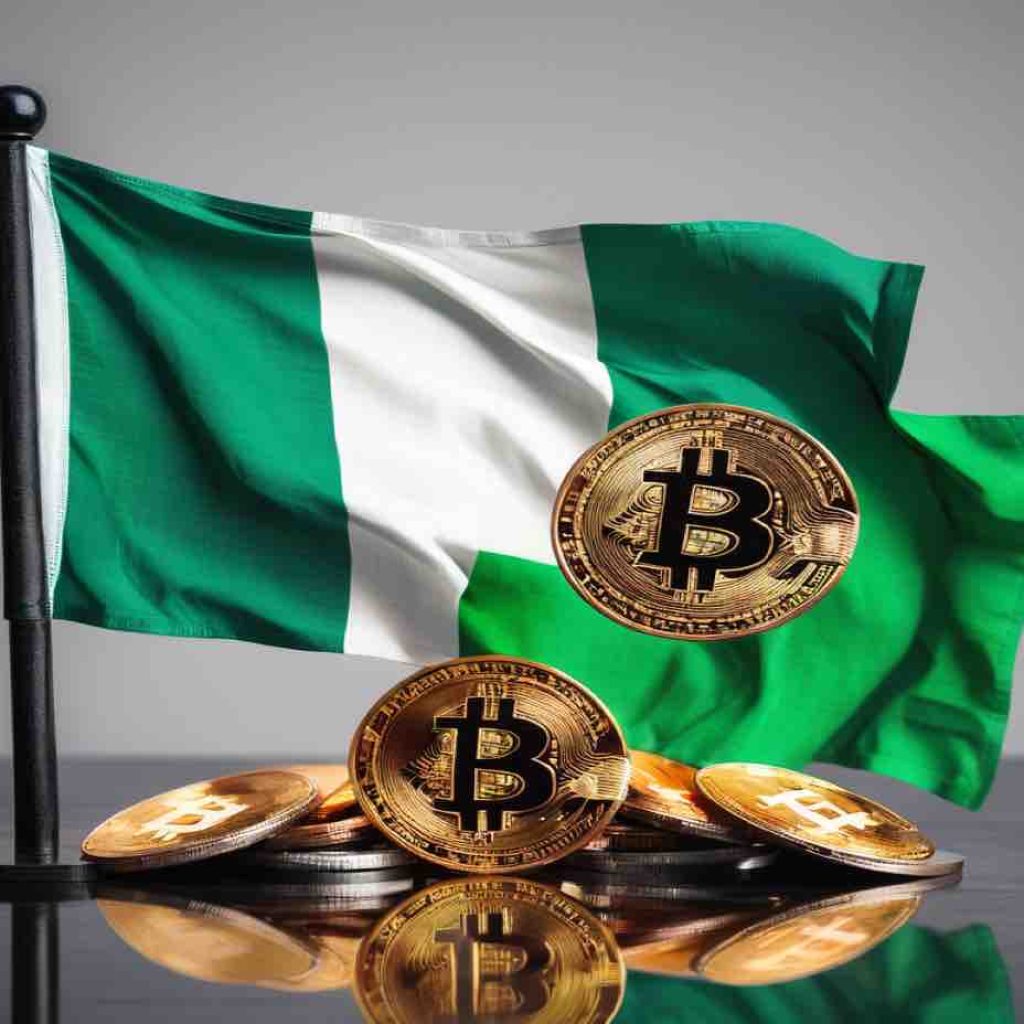Coinspeaker
Eurozone Inflation Hits Two-Year Low as Economic Contraction Persists
The Eurozone is grappling with a significant economic downturn, as recent data indicate a sharp drop in inflation and a contraction in the region’s economy.
According to a preliminary report published Tuesday by Eurostat, the European Union statistics agency, inflation across the region plummeted to a two-year low of 2.9% in October, marking a considerable decline from the 4.3% recorded in the previous month. The dip also fell below the anticipated 3.1% consensus estimate from a Reuters poll of economists.
Core Inflation Falls More than Expected to 4.2%
Eurostat revealed that core inflation, which excludes volatile food and energy prices, experienced a notable decline, falling to 4.2% year-on-year in October from the previous month’s 4.5%.
An in-depth analysis of the inflation components revealed that food, alcohol, and tobacco registered the highest annual rate in October at 7.5%, compared to 8.8% in September, followed closely by services at 4.6%, non-energy industrial goods at 3.5%, and energy at -11.1%, a significant drop from -4.6% in September.
“Looking at the main components of euro area inflation, food, alcohol & tobacco are expected to have the highest annual rate in October (7.5%, compared with 8.8% in September), followed by services (4.6%, compared with 4.7% in September), non-energy industrial goods (3.5%, compared with 4.1% in September) and energy (-11.1%, compared with -4.6% in September),” Eurostat said.
Eurozone Economy Sees 0.1% Quarterly Decline
In a separate release, Eurostat also disclosed that the Eurozone economy faced a contraction of 0.1% in the third quarter, falling short of the consensus estimate that predicted GDP to remain unchanged from the previous quarter.
The European Central Bank (ECB) anticipates the economy to grow by 0.7% by the end of this year, 1% next year and 1.5% in 2025.
Germany, the country representing the largest economy in Europe, experienced a slight 0.1% quarterly decline, performing slightly better than the anticipated 0.3% downturn according to a Reuters poll of economists. However, on a price-adjusted basis, the German economy still exhibited a concerning 0.8% shrinkage compared to last year.
During the third quarter, Latvia took the lead in the Eurozone with the highest quarterly growth, recording a substantial 0.6% increase. Belgium and Spain followed closely with growth rates of 0.5% and 0.3%, respectively.
However, Ireland faced a significant setback, experiencing the highest quarterly decline of 1.8%, while Austria also grappled with a moderate decline of 0.6%.
The Eurozone region has been combating high inflation since last year after the pandemic.
ECB Pauses Interest Rate Hikes
Despite the varied economic performance across the 20-country common currency bloc, the challenges stemming from high inflation persist. This prolonged period of inflationary pressure, which peaked at 10.6% in October 2022, prompted the European Central Bank (ECB) to implement a series of interest rate hikes.
However, the bank decided last week to pause the rate hikes, reflecting the potential impact of the ongoing Israel-Hamas conflict, which poses significant upside risks to energy costs.
Although the recent deceleration in inflation may provide some relief, industry experts have cautioned against premature assumptions of an immediate economic recovery.
Despite the warning, ECB President Christine Lagarde believes the current economic climate within the Eurozone is expected to maintain a subdued state for the remainder of the year. Lagarde emphasized these points while speaking at a conference held in Athens last week.
“The economy will likely remain weak for the rest of this year. But as inflation falls, further household real incomes recover, and the demand for euro-area exports picks up, the economy should strengthen over the coming years,” she said.
Eurozone Inflation Hits Two-Year Low as Economic Contraction Persists





